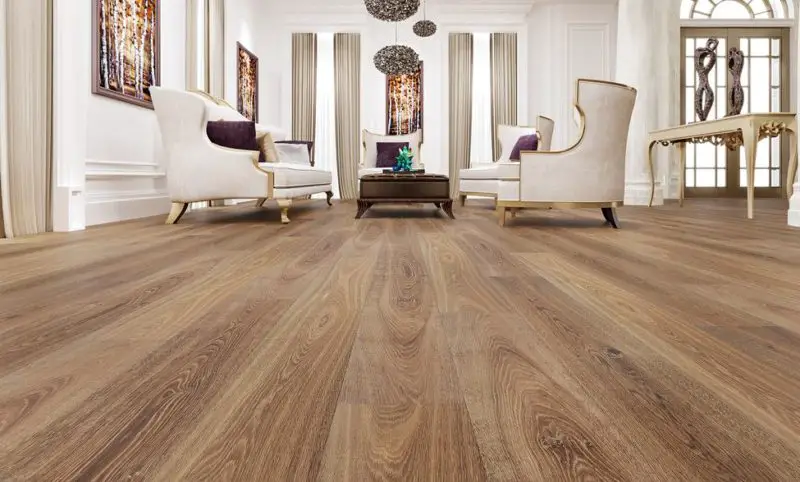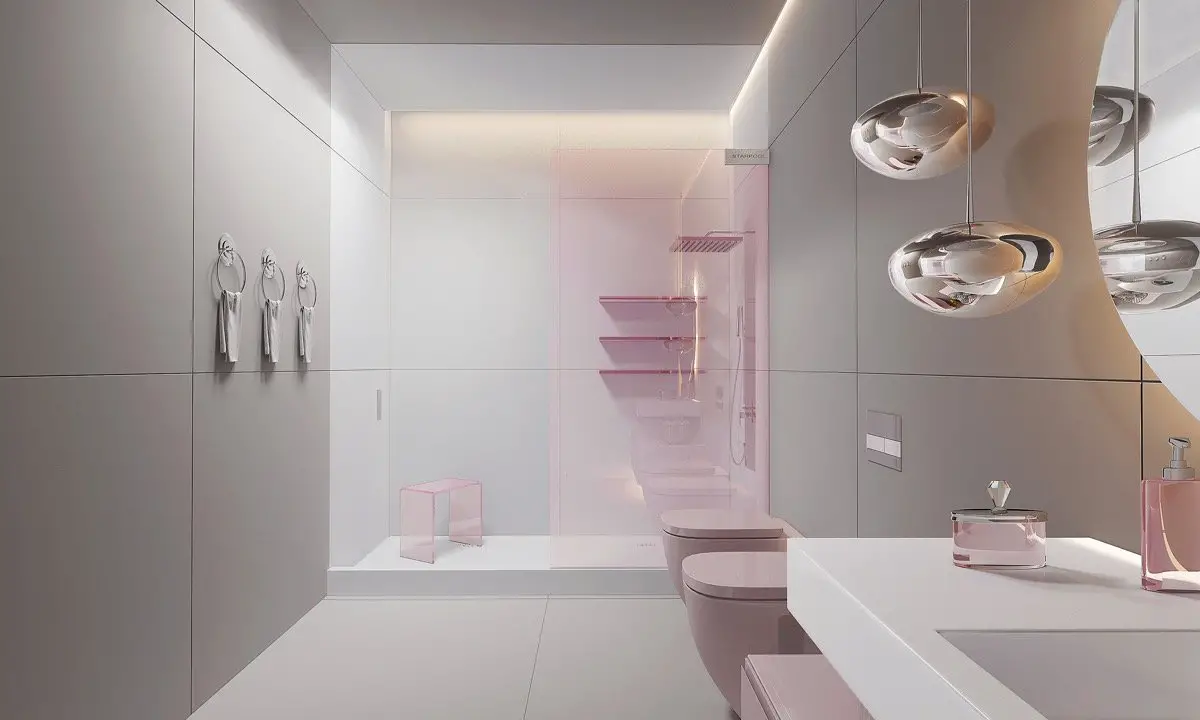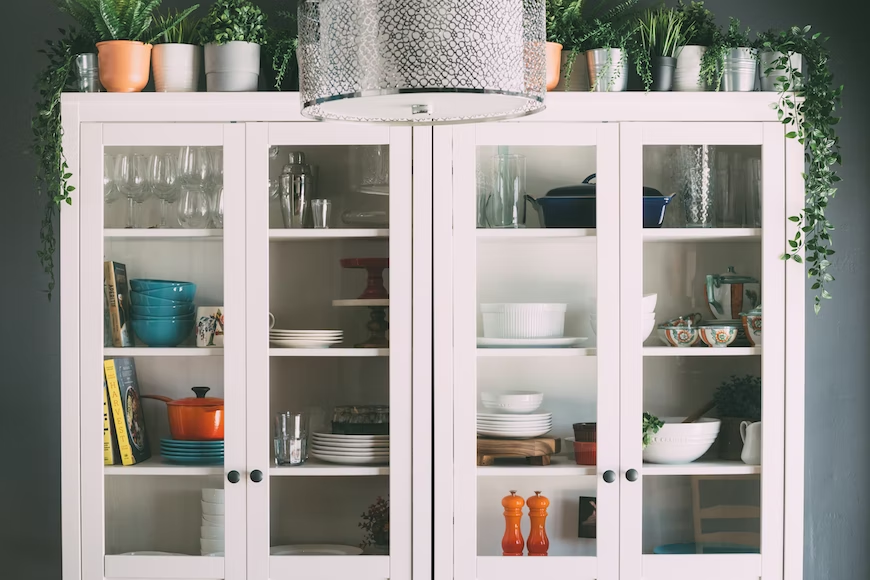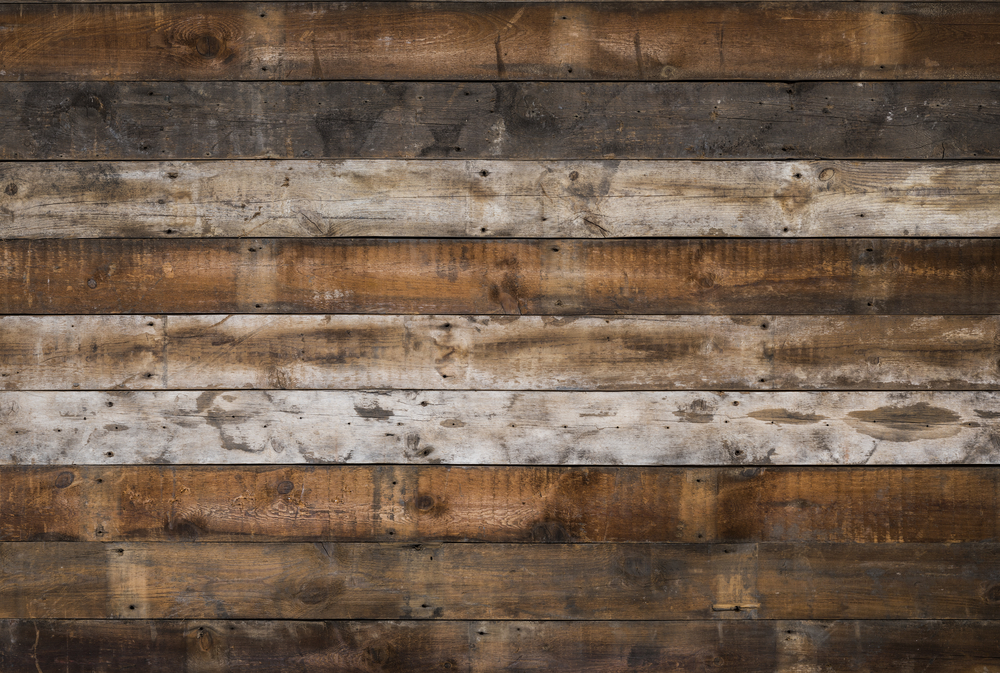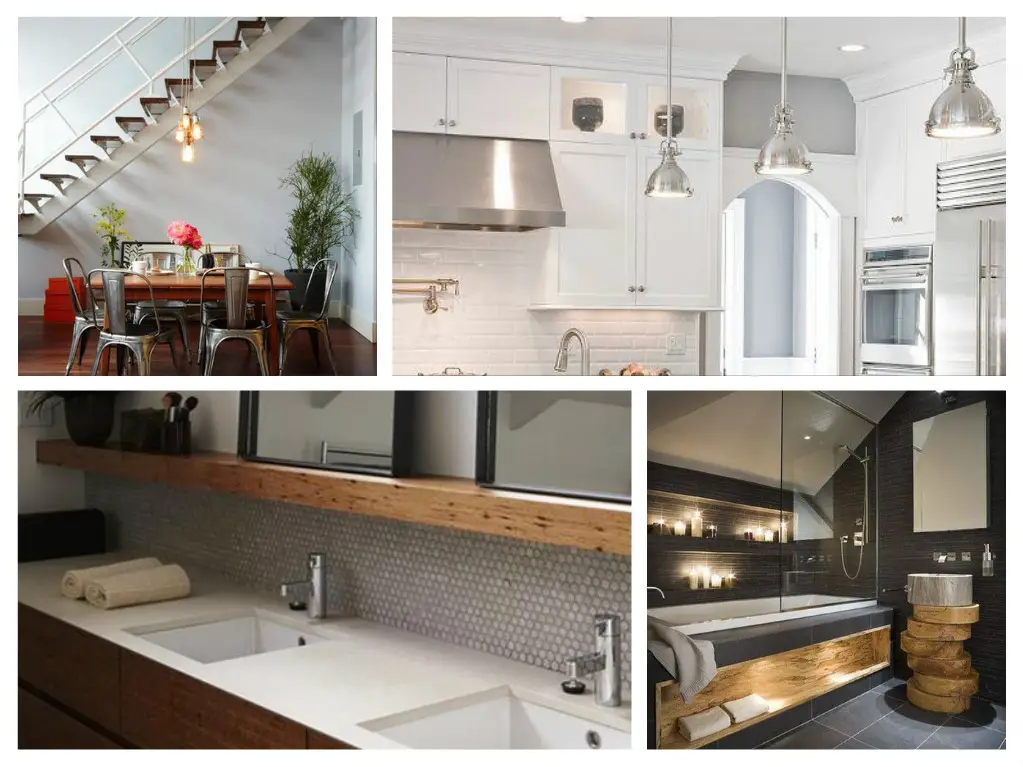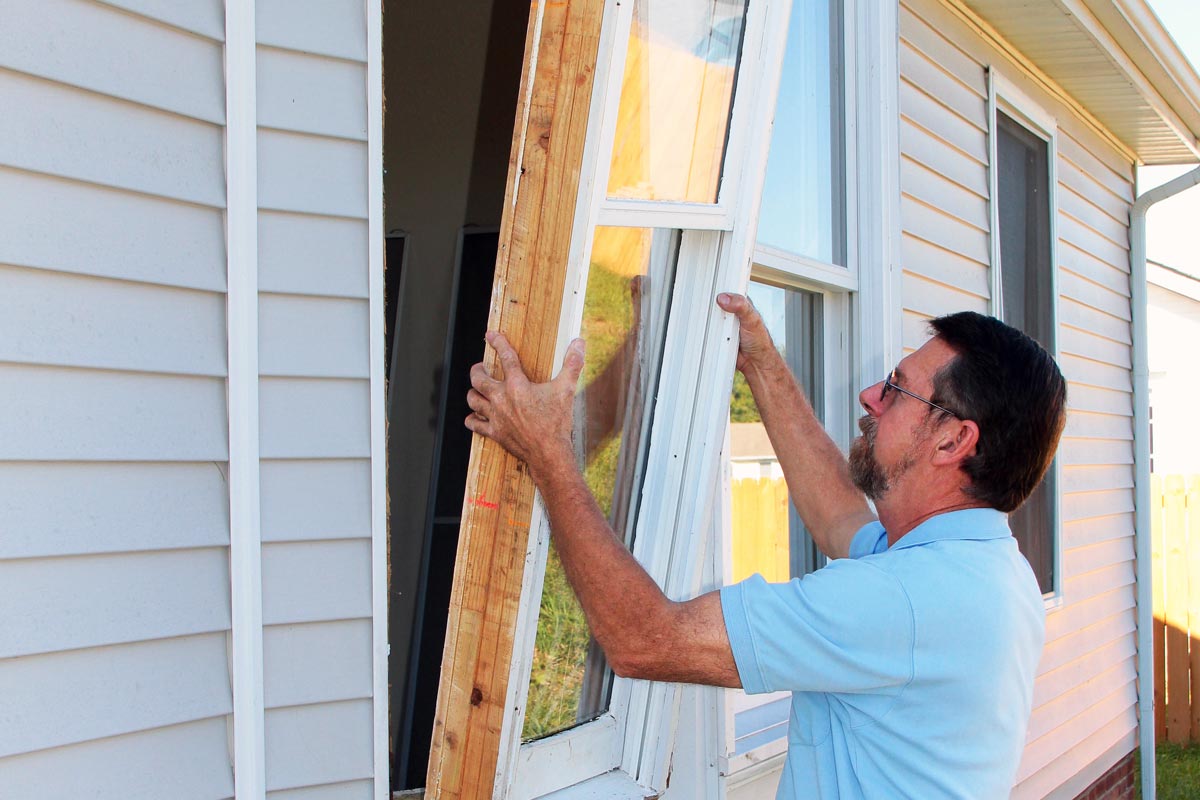Flooring is the feature that takes up most space in your home – it is literally everywhere. Whatever variety you choose will have a significant impact on the rest of your decor. Clever use of flooring can make your home seem more spacious or cosier, warmer or cooler. It sends a strong message about your style and complements the rest of your furnishings, whether you lean towards the industrial aesthetic or maximum luxe. Your choice will also be determined by the way your home is used. Do you have children or pets which may require functional easy to clean flooring, or is your tiny chic apartment for your use only? There will be a flooring solution that will fit your lifestyle perfectly.
Wooden Floors
Hardwood flooring has a classic appeal and blends well with any style aesthetic, modern or traditional. Natural wood has a vast range of subtle shade differences as the wood can be derived from any number of trees, including oak, cherry, cypress, and teak, to name but a few. It is easy to clean and maintain, shrugging off stains. It’s non-allergenic, too, as dust mites, pollen, and animal dander can’t thrive on wood. Your hardwood floor may need re-sanding and sealing every few years or so, but unlike other decorative features, it will look better as it ages. Although the initial outlay is high, a well-laid hardwood floor will last for decades without needing to be replaced, unlike cheaper options. It will even add value to your house.
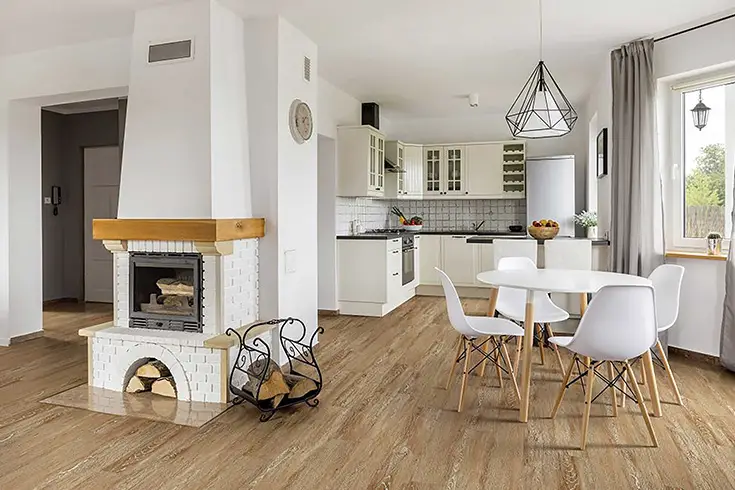
Engineered wood is also a good option offering the same timeless beauty as hardwood and many of its advantages. The difference between the two is that whereas hardwood is sold as solid planks, engineered wood is made of bonded layers of hardwood and plywood. This construction makes engineered planks very durable and more water-resistant. Engineered wood is also slightly cheaper than solid wood but comes in the same range of natural wood veneers.
Cork
Wood is, of course, a renewable source, but cork is an even more eco-friendly flooring choice and is becoming increasingly popular. Cork is harvested from the cork oak tree, often from trees growing in Spain or Portugal. After the bark is taken for cork, the tree regenerates and, in time, produces more cork. Cork provides a warm, comfortable surface to walk on in bare feet and provides good noise insulation. It shares the antimicrobial qualities of wood, and after you have sealed it, it is easy to clean. Cork is more cost-effective than wood, but one drawback is that it is soft and can easily be scratched with use and damaged by heavy furniture standing on it.
Laminate and Vinyl
It can be hard to tell the difference between good-quality laminate and vinyl flooring. Both provide a wide range of attractive finishes for the modern home, including wooden plank finishes, and both have a wide range of price points. The crucial difference between them is that while vinyl is 100% synthetic, laminate flooring comprises bonded layers with a base made of wood by-products or plywood. Only the top layer is plasticised. This difference in construction means that vinyl is suitable for use in any room in the house. On the other hand, laminate is not ideal for rooms with a high level of moisture or condensation, like bathrooms or utility rooms. If laminate flooring gets wet, the wooden core is liable to warp, ruining the floor.
To add to the confusion, an old-timer of the flooring world is staging a comeback. Linoleum is still the most popular floor covering worldwide, but it fell out of favour with modern decorators a few decades ago. One of the main reasons for its resurgence is that linoleum is very eco-friendly. It is a composite of linseed oil, pine resin, cork, and other organic materials with a backing made of jute or canvas. It comes in an increasing number of colours and styles. It does have some drawbacks though it is not as durable as laminate and vinyl and like laminate, it does not like water!
Tiles
Tiles come in a myriad of finishes and materials, including both manufactured and natural materials. Manufactured tiles include those made from ceramic, porcelain, and terracotta. Ceramic tiles are a cheap option for homes; they are easy to cut and install yourself but less durable than highly glazed porcelain tiles. Porcelain tiles are durable and hard-wearing in high traffic areas like hallways but do tend to chip or crack easily. They are also relatively hard on the feet, so that rugs may be a necessity.
Equally durable are terracotta tiles which come in wonderful earthy shades. Stone tiles are available in a wide range of finishes and are very popular for kitchens. Slate is also a good option for rooms where there is likely to be water, for example, bathrooms, kitchens, and utility rooms, as they are naturally non-slip. Some people find tiles rather cold in some environments. Luckily, many tile varieties are suitable for underfloor heating, with stone tiles being the most efficient as the stone has a very high heat transfer value.
A relatively new entrant to the hard floor category is the concrete floor. Like stone floors, concrete floors are also compatible with underfloor heating and offer an unrivalled industrial-chic vibe. They don’t have to be the grey colour often used in commercial premises but can be stained in any colour and highly polished or given a textured finish. Concrete floors are long-lasting and require very little maintenance.
Carpet
Carpets are the most luxurious floor covering and certainly the most comfortable underfoot. A carpeted room is quieter than one with a hard floor and has a higher ambient temperature as carpets offer a high degree of insulation.
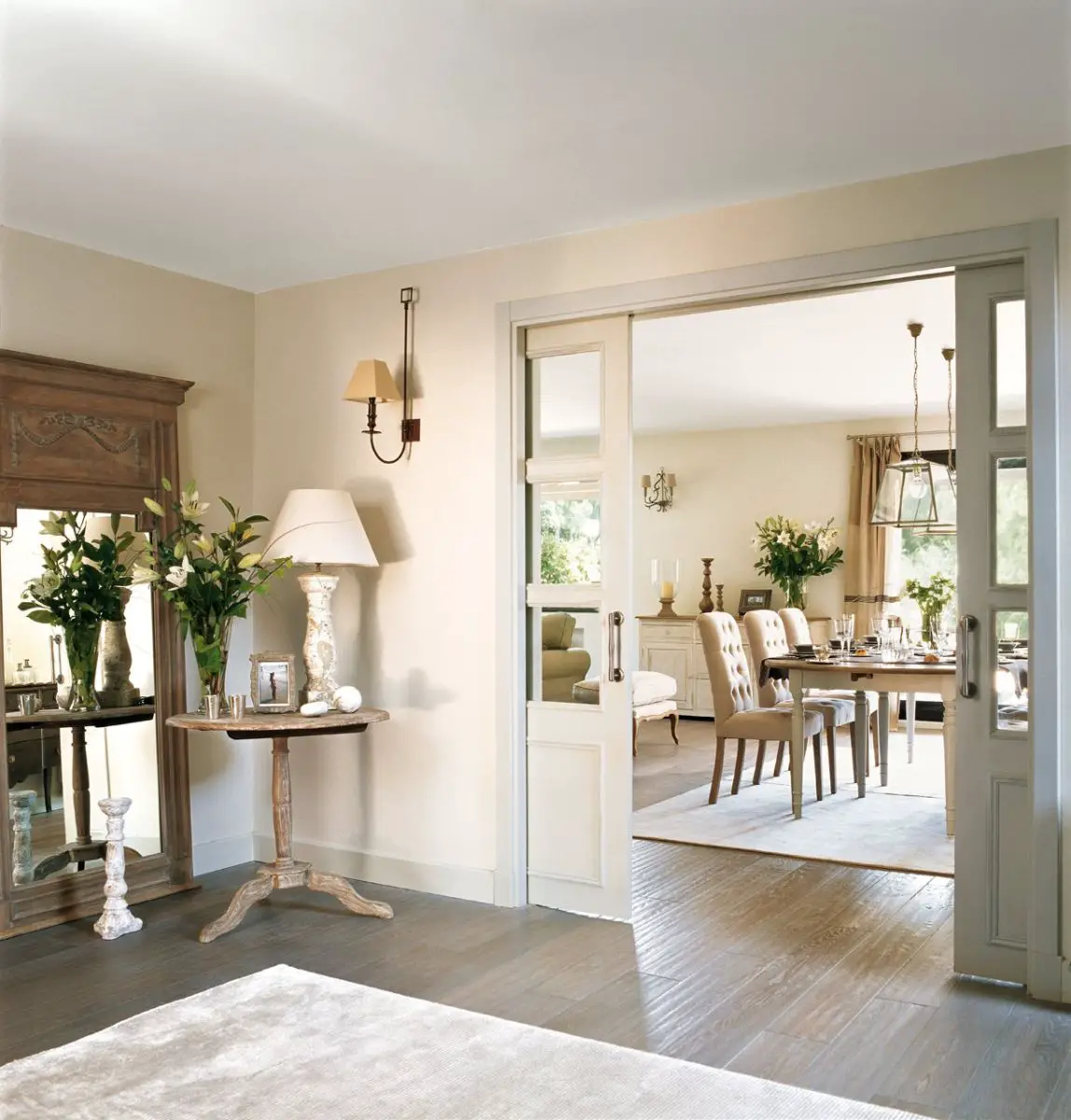
Carpets come in an infinite array of colours and patterns and can add something to every decor. Woollen carpets are sustainable, although nylon and polyester carpet fibres are not. The drawback to carpets is that they are labour intensive to maintain, trapping dirt and allergens in their fibres, and they can wear out quickly in heavy traffic areas.
